CIDETEC Surface Engineering develops new sustainable materials for the hydrogen sector
CIDETEC participates in two new projects funded by the European Commission focused on new materials for hydrogen storage and platinum replacement
The production of hydrogen as an energy carrier or raw material through electrolysis of water, so-called green hydrogen, is a key priority for the European Union to achieve the European Green Deal and Europe’s clean energy transition. It will play a key role in decarbonising sectors where other alternatives might be unfeasible or more expensive. It can be used to replace fossil-based hydrogen for transport and industrial processes, and to start new industrial products, such as green fertilisers and steel.
Hydrogen is an important part of the overall EU strategy for energy system integration. In this context, the generation, storage and conversion of hydrogen become fundamental pieces of the entire ecosystem, and the coatings associated with them constitute one of the keys to the success of green hydrogen as a raw material for energy.
The NICKEFFECT project, coordinated by CIDETEC Surface Engineering, aims to develop novel ferromagnetic Ni-based coating materials to replace the scarce and costly Platinum by innovative safe and sustainable by design materials. Platinum group metals (PGM: platinum, palladium, rhodium, iridium, ruthenium and osmium) are currently highly demanded due to their unique properties which have made them indispensable in different strategic sectors as renewable energy (water electrolysis to produce hydrogen), electric mobility (fuel cells) and digital technologies (MRAM memories). Unfortunately, PGMs are costly, and Europe depends on their importation from other continents, which is nowadays a high risk for the development of strategic applications in key industrial sectors. Thus, finding alternatives is critical for the EU economy. In this context, NICKEFFECT project has identified an opportunity to replace these materials in key applications as electrolysers electrodes, fuel cells catalysts and magneto-electronic devices. NICKEFFECT will develop and validate at least 3 new materials, together with coating methodologies (including process modelling) and decision support tools for material selection (integrating safe and sustainable by design (SSbD) criteria and material modelling). Running from June 2022 until June 2026, the NICKEFFECT project covers stakeholders of the whole project value chain: scientific and technology developers (CIDETEC, UAB, CEA-LITEN, VUB), technology providers (ELSYCA, ANSYS, IRES, MATGENIX), end-users (ADVENT, SINGULUS), as well as transversal partners (F6S, UNE).
CIDETEC is also part of the recently started MAST3RBOOST project. MAST3RBoost will bring to the stage of maturation a new generation of ultra porous materials with a 30% increase of working capacity of hydrogen at 100 bars, by turning lab-scale synthesis protocols into industrial-like manufacturing process. Recycled raw materials for the manufacturing of the ultra porous materials will be actively pursued, both from waste agroforestry biomass and from solid urban waste.
At the same time, new light alloys will be used for the manufacture, by additive technology, of light deposits that can contain ultra porous materials and better adapt to transport applications. The Spanish R&D intensive SME Envirohemp leads the project while the consortium is a multidisciplinary team comprised of thirteen partners: Envirohemp S.L. (Spain); Contactica S.L. (Spain); Agencia Estatal Consejo Superior de Investigaciones Científicas (Spain); Cidetec Surface Engineering (Spain); Spike Renewables SRL (Italy); EDAG Engineering GMBH (Germany); Nanolayers OU (Estonia); AIT-LKR Leichtmetall Kompetenzzentrum Ranshofen GMBH (Austria); University of Pretoria (South Africa); Council For Scientific And Industrial Research (South Africa); TWI (United Kingdom); University of Nottingham (United Kingdom).
CIDETEC will collaborate with the Austrian Institute AIT-LKR in the development of new light metal alloys based on aluminium and magnesium, suitable for cryogenic temperatures. CIDETEC will focus on the development of coatings for these alloys, with the aim of protecting the material against corrosion and acting as a barrier to the diffusion of hydrogen.
With the participation in these two projects CIDETEC Surface Engineering shows its commitment towards the quest for sustainable surfaces and materials that do not harm the environment and do not deplete natural non-renewable resources.









